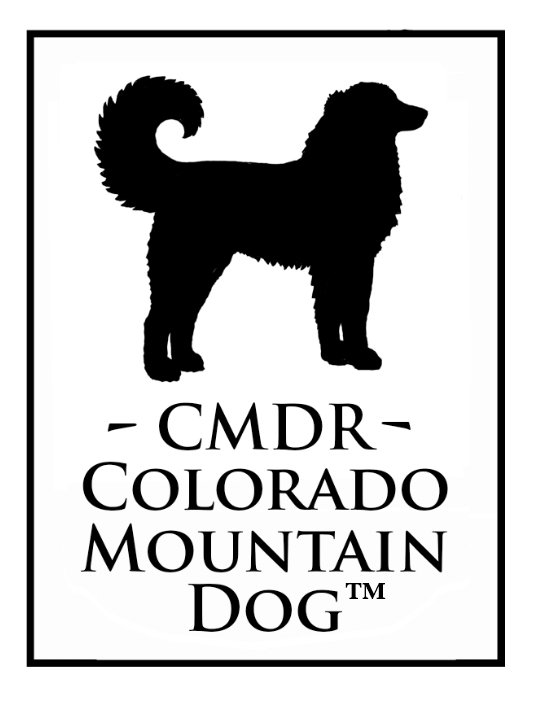~ Articles ~
CMD Breeding 101
People in a breed who chose to raise pups of that breed need to understand what it means to improve (raise) a breed. It means to study the standard, acquire a great female, raise and evaluate her according to the standard, and then choose a stud who corrects any faults she might have. Take her to the stud, have the litter, retain it long enough to see if you got what you want in a pup, retire and fix the mom, and go forward with the pup. Its expensive and takes time. That is why legitimate breeders ask prices for their pups.
This is the underlying reason for the tension between a real dog breeder and a backyard breeder. A backyard breeder relies on others to do the genetics and marketing of the breed... and they just make pups often repeating pairings over and over, which absolutely swamps a pedigree database and ruins the diversity in a breed. 5 litters of 10 pups by the same pair is 50 dogs in a database which are only worth one dog when it comes to diversity.
My female dogs usually have a maximum of two litters because one of two things is true.... she improved herself because she was a great female... so I want to advance using an even better daughter. And this gets the mom dog into a permanent home while she is young. Or if she cannot improve herself in two tries with different sires, I wouldn't want to breed her again but I'd fix and purchase another girl.
If I choose a female "career" breeder, it will be after years of selection... when I know her pups are slam dunking the standard, and even if this is the case I won't repeat studs because this crashes her genetics in the database and makes it so she cannot influence the breed. She is buried under one stud and cannot be isolated or line bred.
Its not just a matter of importance because the CMD is a developing breed.... it is even more crucial in an established breed with a closed studbook.
Raising dogs is not just making pups. A LOT goes into it. Lots of genetics. Diversity is the number one mandate, which is why we have the G system. It maximizes genetics in the database when we breed G to G.
When I started this breed, I would have mockup pedigrees covering the table taking my dogs three and four generations into the future. Otherwise you get into a genetic corner quickly. The more legitimate breeders in a registry, doing it right, the more solid diversity we have. This is our golden time, with open studbooks.
Never breed for color. Nothing wrecks a line, or a breed, faster. Check out our article on color breeding.
I advise people to begin by reading your bible...the breed standard. If you don't get goosebumps from the standard, choose another breed. Look at parents who get as close to that standard as possible, buy a female, and raise and evaluate her... then find a stud who compliments her weaknesses, and begin right away to produce a better daughter. Try not to house a stud unless you are far away from other studs, or until you know the breed well enough to stand a stud. Let your next dog be a daughter you keep and go forward with, and if you have a great founding female for your program, and wish to go forward with the breed, keep both, and use different studs. This keeps your genetics open and gives you a wide path forward.
